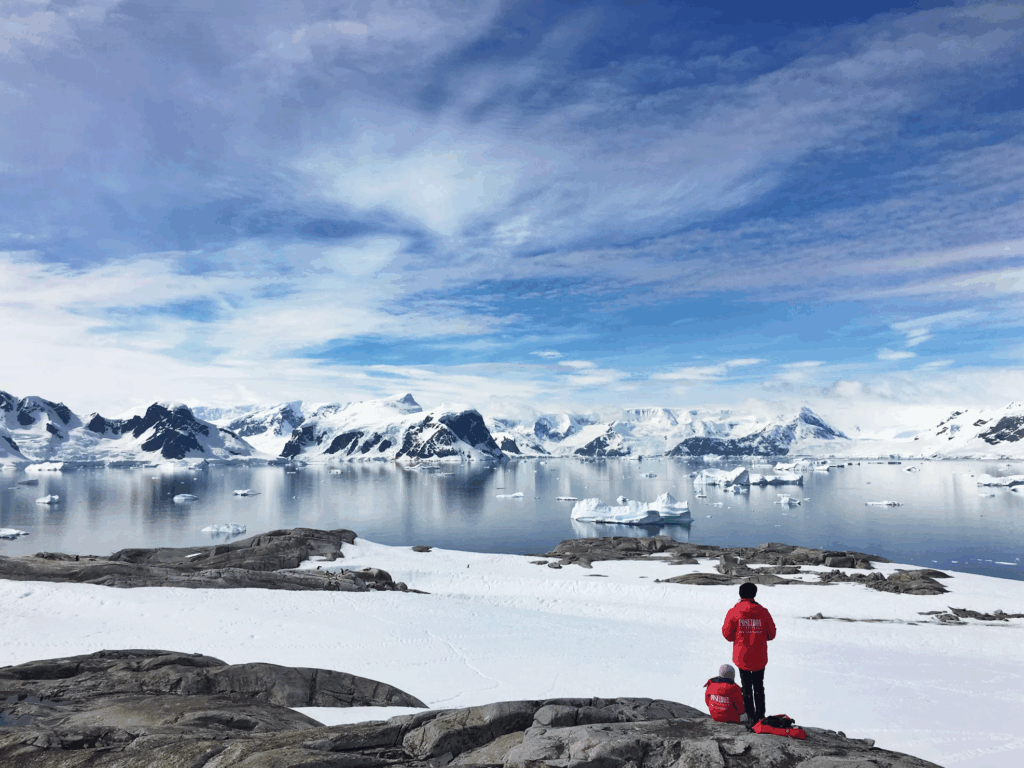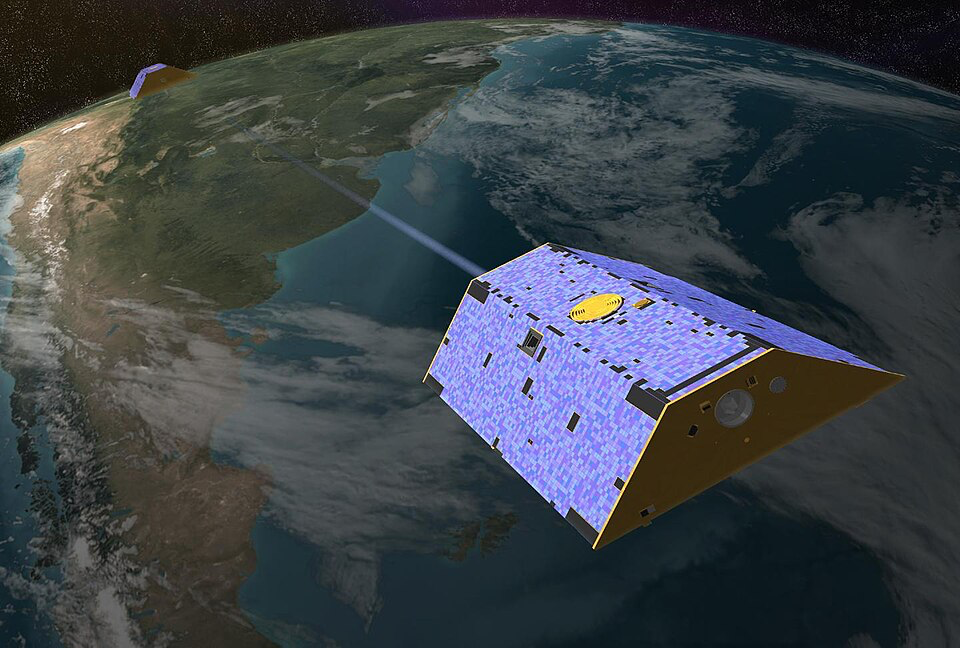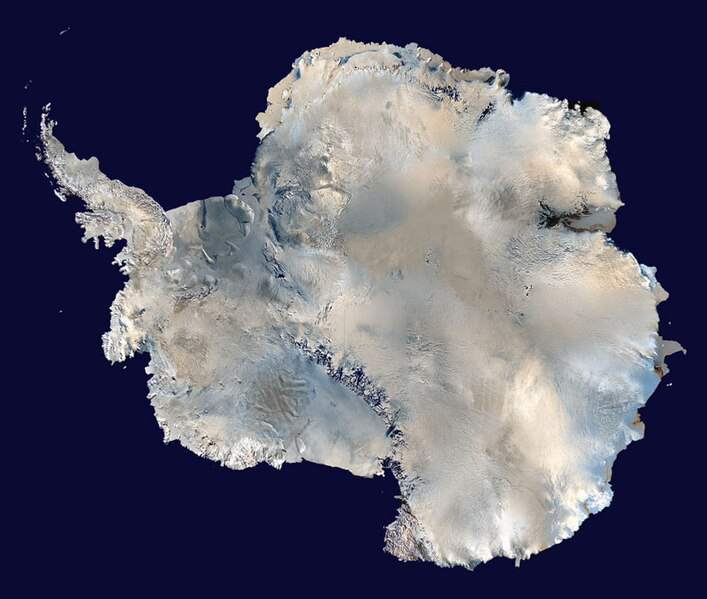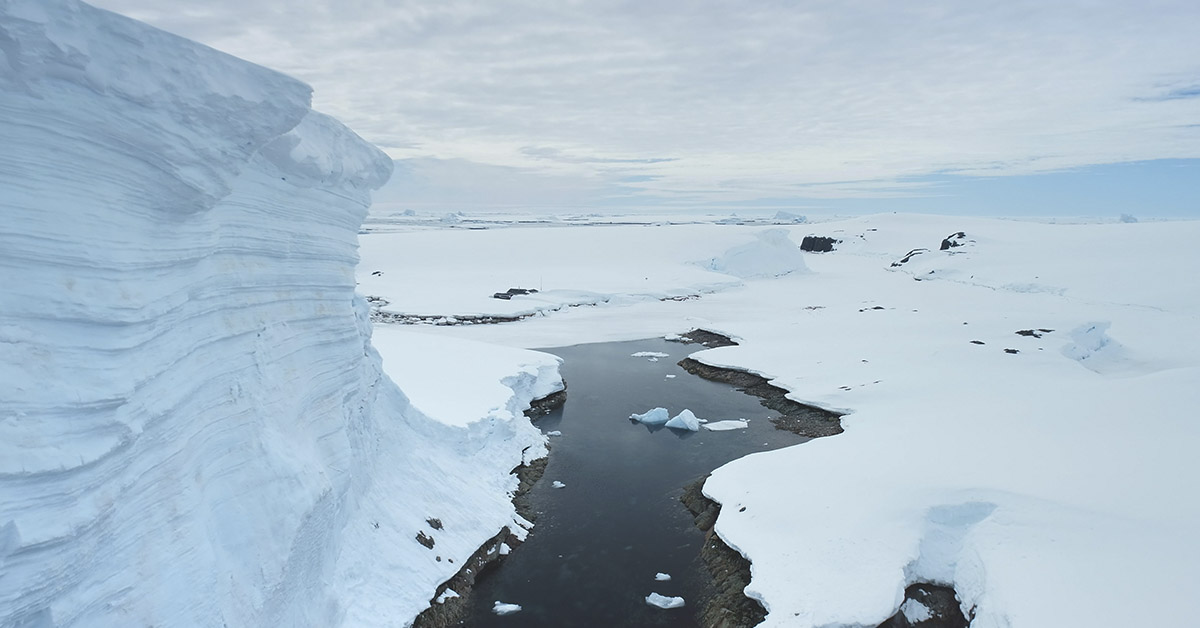Something strange is happening at the bottom of the world. Antarctica’s ice is growing again. After years of melting away, the great white continent has flipped the script. Between 2021 and 2023, we’ve seen surprising ice gains in Antarctica. Satellites show the ice sheet puts on about 108 gigatons of new ice each year. That’s a huge shift from what we’ve seen before! Scientists have no idea why, and are rethinking what they know about polar climates.
Scientists published these groundbreaking findings in Science China Earth Sciences in March 2025. Their research team used NASA’s special GRACE satellites that measure tiny variations in Earth’s gravitational pull to detect changes in ice mass. For years, these satellites watched Antarctica lose ice fast, approximately 157 billion tons (142 gigatons) yearly from 2011 to 2020. Now they’ve spotted this unexpected turnaround. Recent studies documenting Antarctic ice accumulation show the Antarctic Ice Sheet experienced a “record-breaking mass gain between 2021 and 2023, largely due to anomalous increases in precipitation.” Talk about a plot twist in nature’s story!
How Antarctic Ice Growth Impacts Global Sea Levels
So what happens when Antarctica gains ice instead of losing it? For one thing, it helps slow down rising seas. Researchers found that this extra ice held back sea level rise by about 0.01 inches (0.3 millimeters) each year during 2021-2023. Not a huge amount, but every bit helps when coastal cities worry about flooding.

Did you know Antarctica holds over half of all the freshwater on Earth? When ice melts, it pumps massive amounts of water into oceans worldwide. For years, melting ice from Antarctica and Greenland, plus expanding seawater as it warms up, have pushed sea levels higher and higher. This sudden polar ice expansion fights against those forces, at least for now.
Scientists won’t call this a long-term fix. The research paper notes, “This recent mass gain appears driven by anomalous precipitation accumulation across the continent.” In plain English? It snowed a lot more than usual, and that might not last. Nature plays with its ups and downs, and these remarkable ice gains in Antarctica could just be a brief upswing in a longer pattern of loss.
Read More: Camera Lowered Into Hole 93 Meters Beneath Antarctica Makes Stunning Discovery
Measuring Ice Gains in Antarctica and Ice Sheet Growth
How do scientists know Antarctic mass increase is real? They deploy clever tech to do the job. Satellites that detect Earth’s gravity reveal when ice builds up or melts away.

When Antarctica packs on ice, it gets “heavier,” and special GRACE satellites sense this change from space. These amazing machines detect small shifts in Earth’s gravity field as ice comes and goes. By tracking these changes over the years, scientists spotted the surprising flip from ice loss to ice gain.
The biggest changes occurred in four glacier basins in East Antarctica: Totten, Denman, Moscow University, and Vincennes Bay. These massive rivers of ice had shed mass quickly for years. Then suddenly they started bulking up again! Recent studies show these areas “had significant growth due to increased snowfall” during the observation period.
Understanding the Causes of Antarctic Ice Growth
Why did Antarctica suddenly start gaining ice after years of losing it? The answer lies mainly in all the extra snow it received. East Antarctica got way more snowfall than usual during this period. All this fresh snow piled up faster than existing ice could melt or flow toward the ocean.
Antarctica’s weather follows incredibly complex patterns. Ocean temperatures, wind systems, and major climate cycles all work together to affect where snow falls. The unexpected southern continent ice growth occurred when these patterns brought more moisture to certain areas. From 2021-2023, these weather systems delivered exceptional snowfall to East Antarctica, contributing to the observed ice accumulation.

Here’s an interesting fact: Antarctica doesn’t behave as one unified region. West Antarctica and the Peninsula (the part that points toward South America) have been losing ice for decades. Warmer ocean water flows under ice shelves there, causing melt from below. But East Antarctica follows different rules. Its higher elevation and colder temperatures make it more stable, and sometimes it even gains ice. During this recent period, East Antarctica collected so much snow that it outweighed the ice losses in other areas. That’s why the whole continent showed a net gain in its ice mass, and researchers documented significant ice gains in Antarctica.
Will the Ice Gains in Antarctica Continue?
Will Antarctica keep gaining ice, or will it return to melting? Most scientists predict this represents just a temporary blip rather than a permanent change. They view the recent frozen phenomenon as a fascinating but likely brief pause in the long-term melting trend affecting polar regions.
Let’s examine the numbers. From 2002 to 2010, Antarctica shed about 74 gigatons of ice yearly. Then from 2011 to 2020, that loss more than doubled to 142 gigatons each year. The sudden switch to gaining 108 gigatons annually during 2021-2023 demonstrates just how dramatically ice sheets can change their behavior in response to climate variables.
Scientists emphasize that this temporary growth doesn’t erase the bigger picture of ice loss. As experts note, “That growth was enough to temporarily offset global sea level rise by about 0.3 millimeters per year during the same period.” The recent Antarctic ice expansion provides researchers with valuable new data to study, but it doesn’t solve climate challenges. By monitoring these changes closely, scientists learn how polar regions respond to our changing world.
The ongoing research into ice gains in Antarctica helps scientists predict future sea levels more accurately and develop better plans for coastal communities. Just when we think we understand the climate patterns, nature throws us a curveball! This unexpected reversal highlights why researchers must continue watching Antarctica closely. After all, what happens at the bottom of the world directly impacts coastlines everywhere.
Read More: Antarctica’s Ozone Layer Shows Strong Signs of Recovery, Scientists Say

